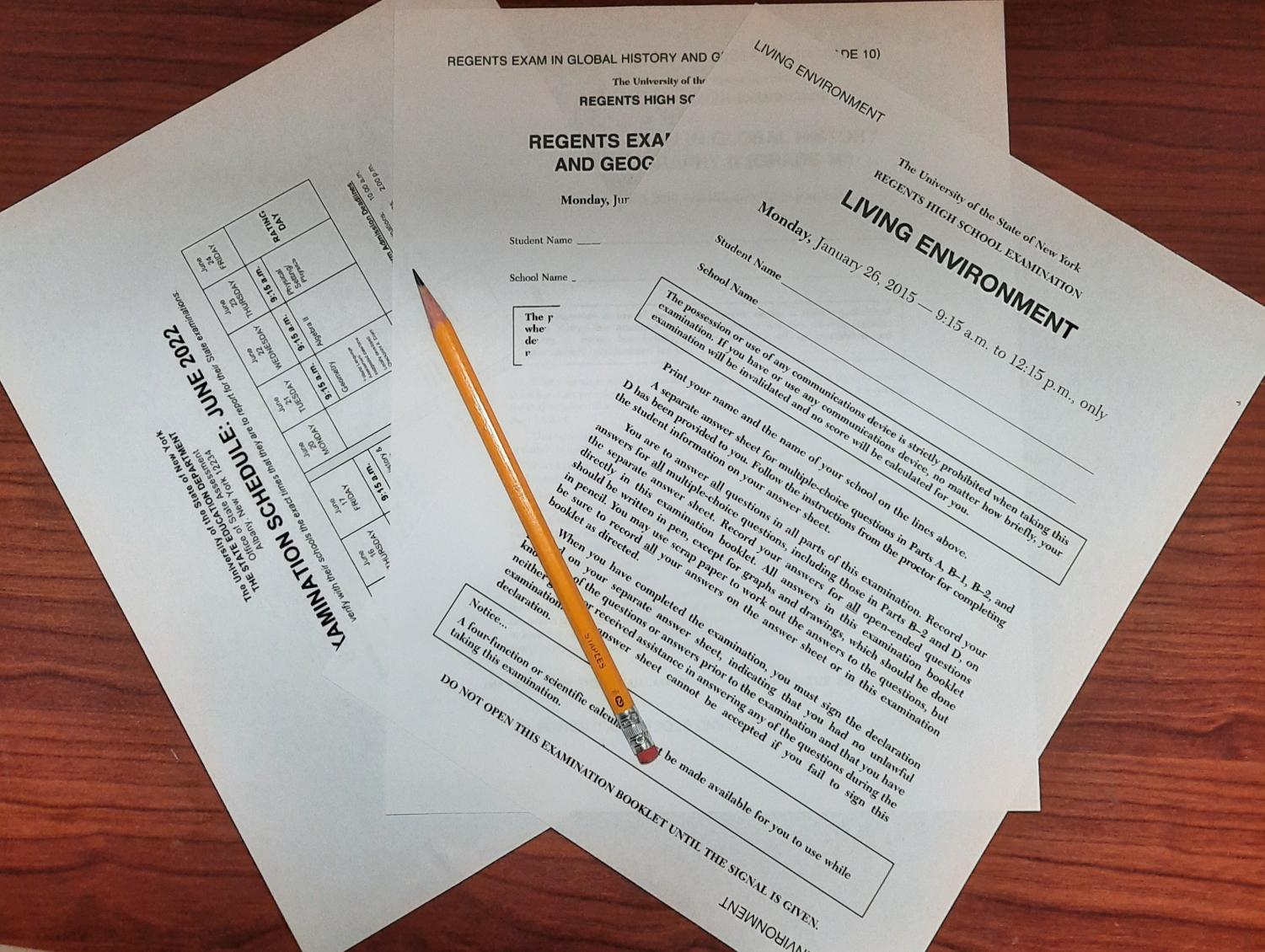
Get quality feedback on student writing with this rubric
Get quality feedback on argumentative writing with this rubric
Use the "NY Regents ELA Part 2 Argument Rubric" to strengthen your argumentative writing!New York State Regents Argumentative Writing Rubric
Key Points
- This rubric guides assessment of argumentative essays on the NY Regents ELA exam
- It evaluates four main criteria: content/analysis, evidence, organization, and conventions
- It uses a 1-6 scoring scale with detailed performance descriptors
- It specifically focuses on argument writing using multiple sources
Full Rubric
| Score | Content and Analysis | Command of Evidence | Coherence, Organization, and Style | Control of Conventions |
|---|---|---|---|---|
| 6 | - Introduce precise and insightful claim- Demonstrate in-depth analysis of texts | - Present ideas fully and thoughtfully- Use wide range of specific evidence | - Exhibit skillful organization- Use sophisticated language | - Control conventions with essentially no errors |
| 5 | - Introduce precise and thoughtful claim- Demonstrate thorough analysis | - Present ideas clearly and accurately- Use effective specific evidence | - Exhibit logical organization- Use fluent and precise language | - Control conventions with occasional errors |
| 4 | - Introduce precise claim- Demonstrate appropriate analysis | - Present ideas sufficiently- Use adequate specific evidence | - Exhibit acceptable organization- Use precise language | - Demonstrate partial control |
| 3 | - Introduce reasonable claim- Demonstrate some analysis | - Present ideas briefly- Use some relevant evidence | - Exhibit some organization- Use primarily basic language | - Demonstrate emerging control |
| 2 | - Introduce claim- Demonstrate confused analysis | - Present ideas inconsistently- Use irrelevant evidence | - Exhibit inconsistent organization- Use inappropriate language | - Demonstrate lack of control |
| 1 | - Do not introduce claim- Do not demonstrate analysis | - Present little or no evidence | - Exhibit little organization- Use incoherent language | - Are minimal |
Detailed Rubric Breakdown
Content and Analysis
| Score | Criteria |
|---|---|
| 6 | - Introduce precise and insightful claim as directed by task- Demonstrate in-depth analysis to distinguish from alternate claims |
| 5 | - Introduce precise and thoughtful claim- Demonstrate thorough analysis to distinguish from alternate claims |
| 4 | - Introduce precise claim- Demonstrate appropriate analysis to distinguish from alternate claims |
| 3 | - Introduce reasonable claim- Demonstrate some analysis but insufficiently distinguish from alternate claims |
| 2 | - Introduce claim- Demonstrate confused analysis failing to distinguish from alternate claims |
| 1 | - Do not introduce claim- Do not demonstrate analysis of texts |
Command of Evidence
| Score | Criteria |
|---|---|
| 6 | - Present ideas fully with highly effective evidence- Demonstrate proper citation of sources |
| 5 | - Present ideas clearly with effective evidence- Demonstrate proper citation |
| 4 | - Present ideas sufficiently with adequate evidence- Demonstrate proper citation |
| 3 | - Present ideas briefly with some evidence- Demonstrate inconsistent citation |
| 2 | - Present ideas inconsistently with irrelevant evidence- Demonstrate little use of citations |
| 1 | - Present little or no evidence- Do not make use of citations |
Coherence, Organization, and Style
| Score | Criteria |
|---|---|
| 6 | - Exhibit skillful organization- Use sophisticated language and structure |
| 5 | - Exhibit logical organization- Use fluent and precise language |
| 4 | - Exhibit acceptable organization- Use precise and appropriate language |
| 3 | - Exhibit some organization- Use primarily basic language |
| 2 | - Exhibit inconsistent organization- Lack formal style |
| 1 | - Exhibit little organization- Use predominantly incoherent language |
Control of Conventions
| Score | Criteria |
|---|---|
| 6 | - Demonstrate control with essentially no errors |
| 5 | - Demonstrate control with occasional errors only |
| 4 | - Demonstrate partial control with occasional errors |
| 3 | - Demonstrate emerging control with errors |
| 2 | - Demonstrate lack of control with frequent errors |
| 1 | - Are minimal, making assessment unreliable |
How to Use This Rubric
For Teachers: Use to assess students’ argumentative writing skills and their ability to effectively use source materials.
For Students: Use as a guide when writing arguments. Ensure you address all four criteria for comprehensive argumentative writing.
For Test Prep: Understand expectations for each score level to target improvements.
Tips for Success in Regents Argument Writing
Strong Claim: Develop a precise, insightful claim that addresses the task.
Evidence Integration: Support arguments with specific evidence from provided texts.
Clear Organization: Create a cohesive essay with logical progression of ideas.
Sophisticated Style: Use formal language and varied sentence structure.
Source Citation: Properly cite sources to avoid plagiarism.
Counter-Arguments: Address and distinguish from alternate or opposing claims.
Proper Conventions: Maintain control of grammar, spelling, and punctuation.
Important Notes
- Essays addressing fewer texts than required score no higher than 3
- Personal responses with minimal text reference score no higher than 1
- Completely copied responses receive a 0
- Responses unrelated to task/illegible receive a 0
Regular practice with this rubric will help students develop strong argumentative writing skills for the Regents exam. Remember to address all components and maintain focus on developing a well-supported argument using the provided sources.
Get quality feedback on student writing with this rubric
Get quality feedback on argumentative writing with this rubric
Use the "NY Regents ELA Part 2 Argument Rubric" to strengthen your argumentative writing!



